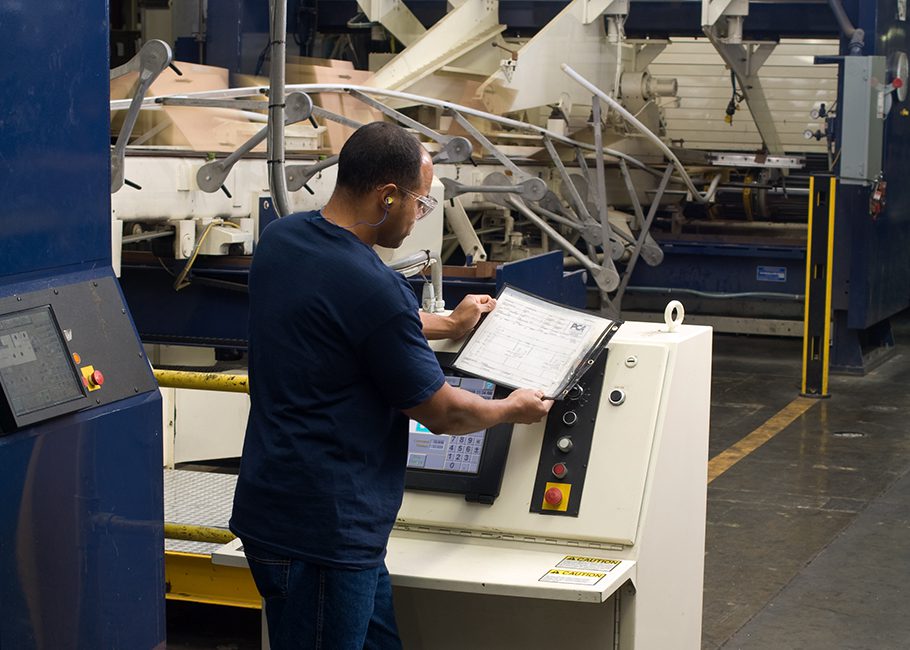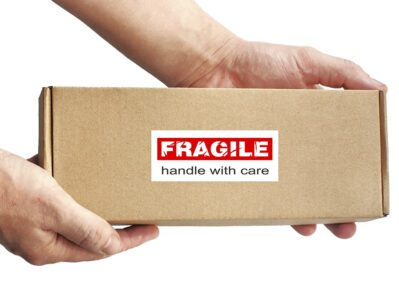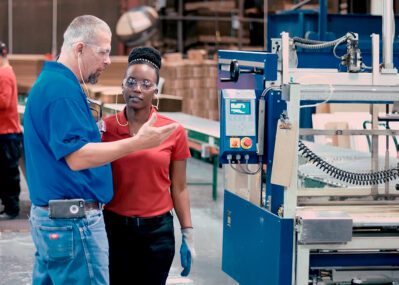
Throughout your procurement process, you’ve done extensive evaluation of your current packaging line, explored various models of box setup equipment and considered key factors along the way like the total cost of ownership. You’ve finally identified and purchased the ideal piece of equipment to drive efficiencies for your organization. Congratulations! Time to install your new machine, right? Not so fast!
Between a machine’s purchase and installation lies an often overlooked but critical step—the factory acceptance test. Factory acceptance tests play a vital role in successful equipment installation and integration.
What Is a Factory Acceptance Test?
A factory acceptance test (FAT) helps buyers determine whether machinery complies with their contractual requirements and meets standard performance and safety specifications. Conducted jointly by the manufacturer and the buyer, basic FAT procedures are driven by a buyer’s requirements, but tests typically evaluate three functional categories: components, safety and performance. Performance evaluation is dependent upon the buyer’s needs, but there are some common practices observed including dry running, replacing parts, performing changeovers and simulating floor conditions. And while protocols set forth by most manufacturers provide a solid testing foundation, identifying and running customer-specific tests can further optimize equipment’s performance before installation.
Optimizing Factory Acceptance Tests With Customer-Specific Tests
PCA’s Performance Packaging Group (PPG) helps PCA customers develop and execute factory acceptance tests to meet their individualized needs. The PPG uses production cases manufactured by PCA and tests them on new equipment. According to PPG’s General Manager, Randy Thompson, “Since boxes in today’s distribution environment undergo multiple ‘touches,’ you want to ensure that they’ll maintain integrity through automatic and manual handling.”
By performing testing tailored to the customer and their product and equipment, the PPG can properly adjust settings and calibrate equipment to maximize efficiency and throughput and minimize production challenges. PPG also analyzes individual components like sealing systems to validate performance. They can perform a comprehensive analysis of both the machine and product specifications and make adjustments accordingly. By identifying ways to modify the new equipment to fit specific products, the PPG helps to streamline the integration of new equipment into production lines.
Immediate and Long-Term Benefits of Factory Acceptance Tests
Is factory acceptance testing worth it? Running factory acceptance tests ahead of installation provides a number of benefits. From ensuring equipment meets your requirements to reducing installation and startup time, performing these tests helps identify and fix problems before the equipment gets installed. When equipment defects are found after installation, the costs of repair and/or returning the equipment to the manufacturer can dwarf the costs associated with conducting a comprehensive FAT. Although it may be tempting to skip or rush through factory acceptance testing to cut costs or meet deadlines, the benefits far outweigh the costs.
To learn more about how PCA can meet your corrugated packaging needs or to be contacted by a PCA representative, please fill out the form below.
Sources:
Control Automation, How to Perform a Factory Acceptance Test
DXP Enterprises, What Is Factory Acceptance Testing (FAT) and How Does It Work?


